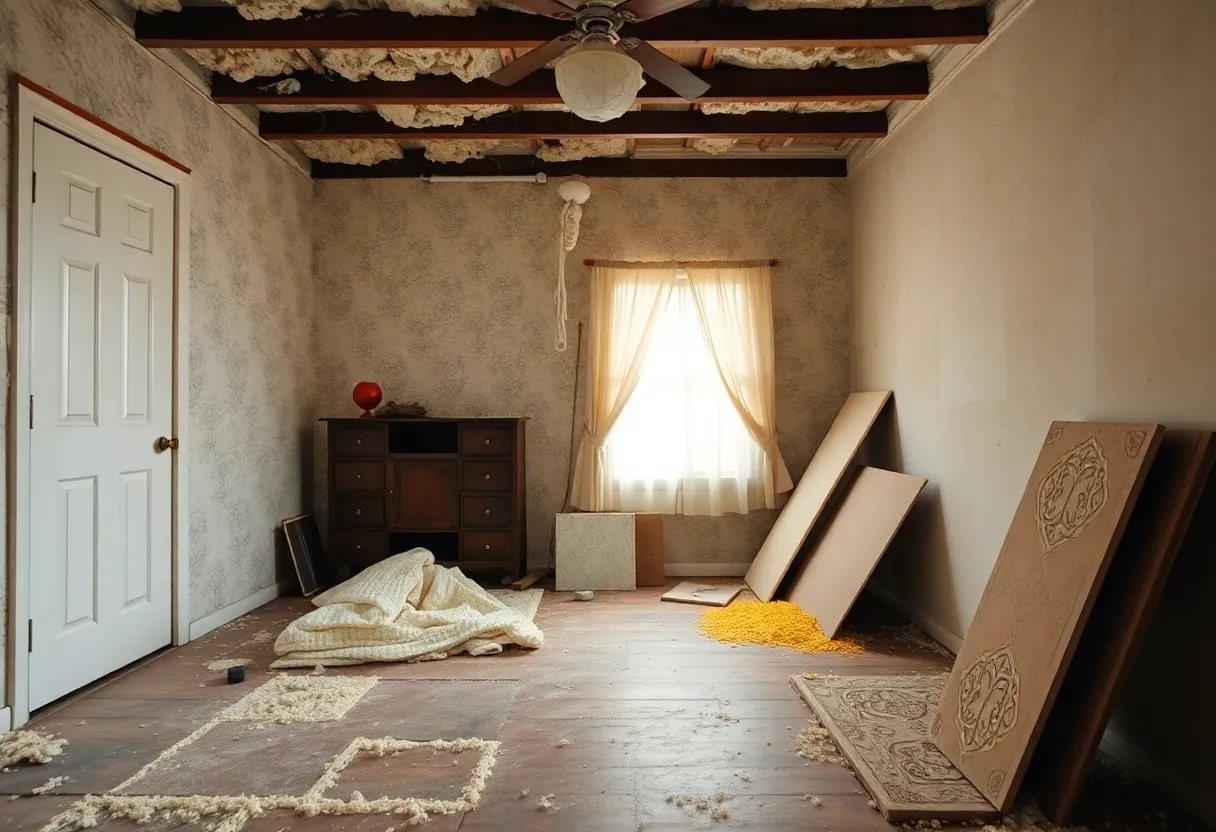The Process of Asbestos Litigation Explained
Introduction to Asbestos Litigation
Asbestos litigation has become a significant aspect of legal practice in recent decades, primarily due to the health risks associated with asbestos exposure. Many individuals suffering from mesothelioma and other asbestos-related diseases seek compensation for their suffering. The asbestos litigation process involves numerous steps, emphasizing the complexities and nuances of these legal actions. This article provides a detailed legal guide to understand this process thoroughly.
Understanding Asbestos and Its Health Risks
What is Asbestos?
Asbestos refers to a group of naturally occurring fibrous minerals known for their heat resistance and insulation properties. Historically, asbestos was widely used in construction and manufacturing until it became clear that inhaling its fibers could cause severe health problems.
Health Risks Associated with Asbestos Exposure
The primary diseases linked to asbestos are:
- Mesothelioma: A rare and aggressive cancer that primarily affects the lining of the lungs and abdomen.
- Lung Cancer: A malignant tumor that originates in the lungs, often associated with prolonged asbestos exposure.
- Asbestosis: A chronic lung disease caused by asbestos fibers, leading to scarring and serious respiratory issues.
The Asbestos Litigation Process
Initial Consultation
The process typically starts with a consultation between the potential plaintiff and an attorney experienced in asbestos litigation. During this meeting, the lawyer gathers essential information about the client’s exposure history. This includes details on the workplaces, products, and duration of exposure to asbestos.
Investigation and Evidence Gathering
After the initial consultation, the attorney initiates a thorough investigation. This phase includes:
- Collecting medical records to confirm the diagnosis of an asbestos-related disease.
- Identifying liable parties, such as employers, manufacturers, or suppliers of asbestos products.
- Gathering evidence supporting the claims, such as documents, witness statements, and exposure history.
Filing the Complaint
Once sufficient evidence has been gathered, the next step is filing a complaint in the appropriate court. This document formally outlines the plaintiff’s claims against the defendants, detailing the facts of the case, the legal basis for the claims, and the types of damages sought.
Service of Process
After filing the complaint, the next critical step is to serve the defendants with the legal documents. This is usually carried out by a process server or sheriff. Proper service ensures that the defendants are officially notified of the proceedings.
Defendants’ Response
The defendants typically have a set period to respond to the complaint. Their response can include:
- A motion to dismiss: A request to terminate the lawsuit before it progresses.
- An answer: A formal response admitting or denying the allegations.
Discovery Phase
Discovery is a crucial stage in the litigation process. Both parties gather and exchange evidence pertinent to the case. This phase includes:
- Interrogatories: Written questions that each party must answer under oath.
- Depositions: Sworn testimony taken in front of a court reporter.
- Document requests: Requests for specific documents relevant to the case.
Negotiation and Settlement
Asbestos litigation often involves negotiations to settle the case without going to trial. Many defendants prefer to reach a settlement to avoid the costs and uncertainties associated with litigation. A settlement agreement must be formally documented and submitted to the court for approval.
Trial Preparation
If a settlement cannot be reached, the case proceeds to trial. The attorneys prepare by refining their arguments, gathering expert witnesses, and organizing evidence. They anticipate counterarguments and strategize accordingly.
The Trial
During the trial, both parties present their cases to a judge or jury. This includes:
- Opening statements: A summary of what each party intends to prove during the trial.
- Witness testimonies: Each side presents witnesses to support their claims or defenses.
- Closing arguments: A final summary highlighting the key findings and urging a verdict.
Verdict
After hearing all the evidence, the jury or judge will deliver a verdict. If the plaintiff wins, they may be awarded damages. Conversely, if the defendants prevail, the lawsuit is dismissed.
Post-Trial Motions and Appeals
After a verdict, parties are allowed to file post-trial motions. This may include motions for a new trial if errors were found during the trial process. If the dissatisfied party believes there were legal mistakes, an appeal can be lodged with a higher court.
Special Considerations in Asbestos Litigation
Multiple Defendants and Bankruptcy Trusts
Many asbestos claims involve multiple defendants, often leading to complex litigation. Additionally, numerous asbestos manufacturers have declared bankruptcy due to the overwhelming number of claims. These bankrupt companies often set up trust funds to compensate victims. Plaintiffs can file claims against these trusts, which may speed up compensation.
Time Constraints: Statutes of Limitations
In most jurisdictions, there are statutes of limitations that limit the time a plaintiff has to file an asbestos lawsuit. Failure to file within this timeframe could result in losing the right to pursue the claim. Therefore, timely legal consultation is crucial.
Medical Evidence
Asbestos litigation heavily relies on medical evidence linking the disease to asbestos exposure. This often requires expert testimony from medical professionals who can explain the relationship between exposure and disease development. Proper presentation of this evidence is integral for success in litigation.
Conclusion
The asbestos litigation process is a multifaceted journey filled with specific legal steps and potential challenges. Understanding this process is vital for those seeking compensation for asbestos-related diseases. As the legal landscape evolves, victims must stay informed and work with knowledgeable attorneys to navigate the complexities effectively.
Ultimately, successful litigation will depend on the thoroughness of the evidence, the clarity of the claims, and the strategic handling of negotiations and trials. With the right legal guidance, victims of asbestos exposure can pursue justice and accountability from those responsible for their suffering.



















